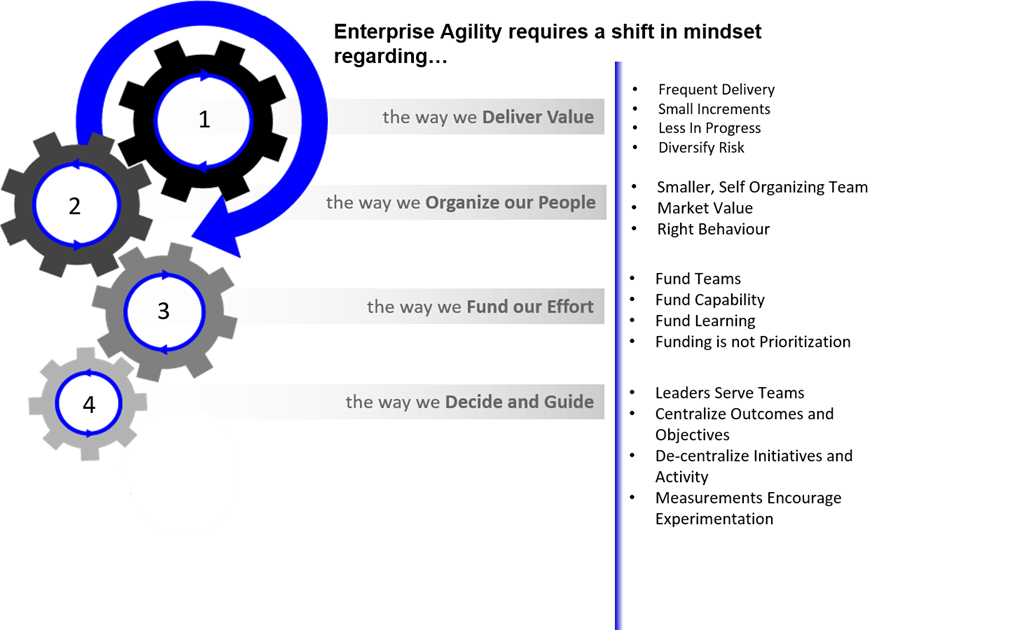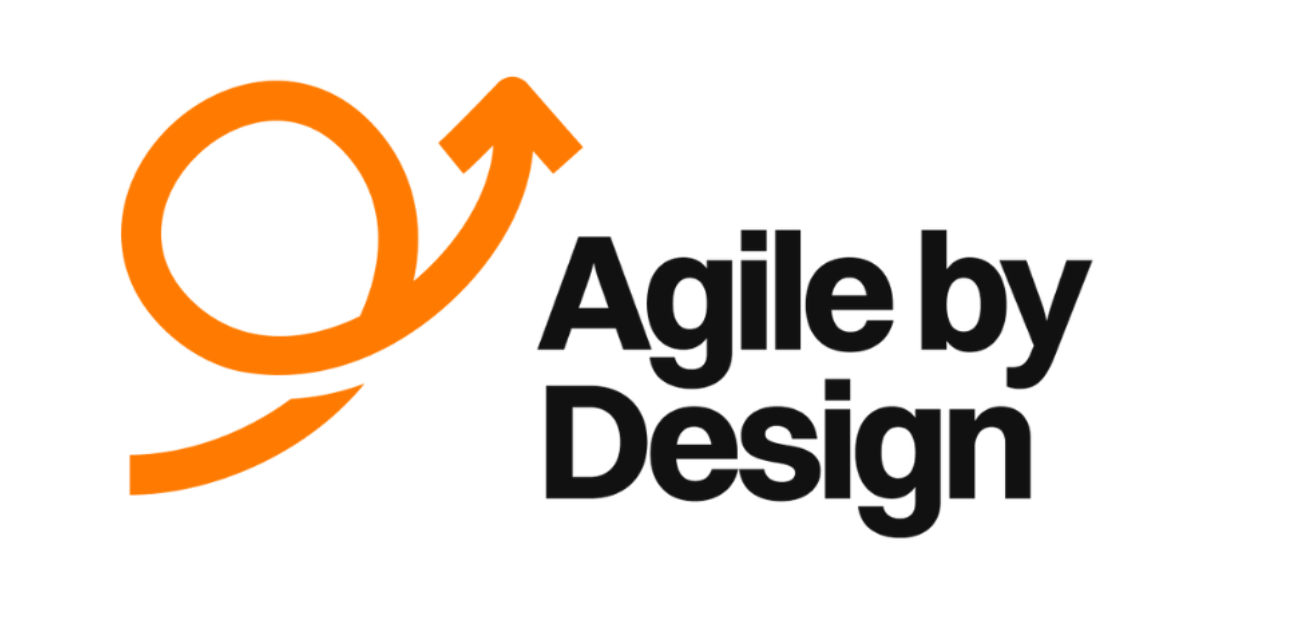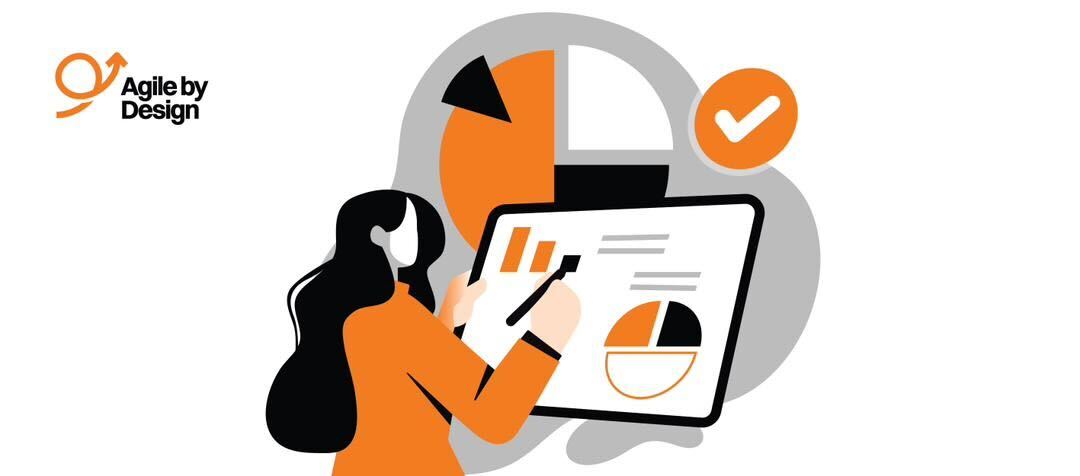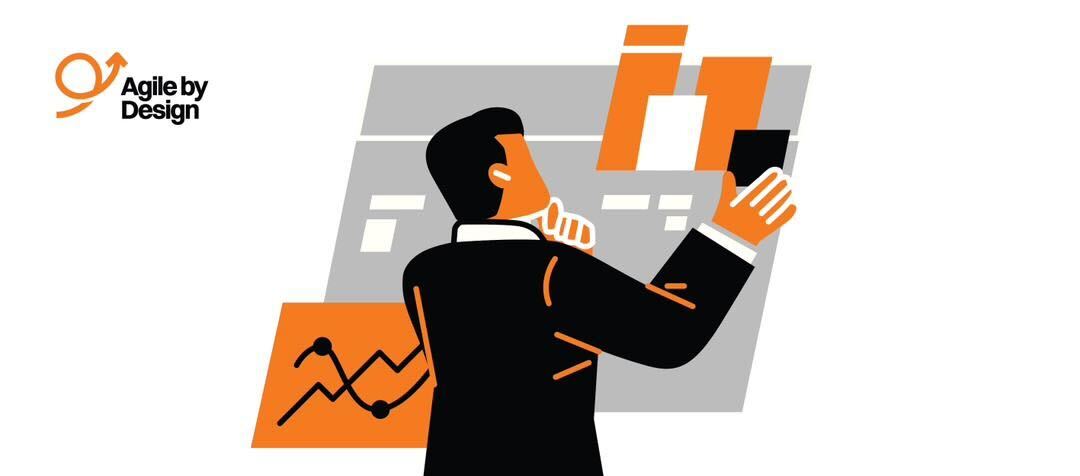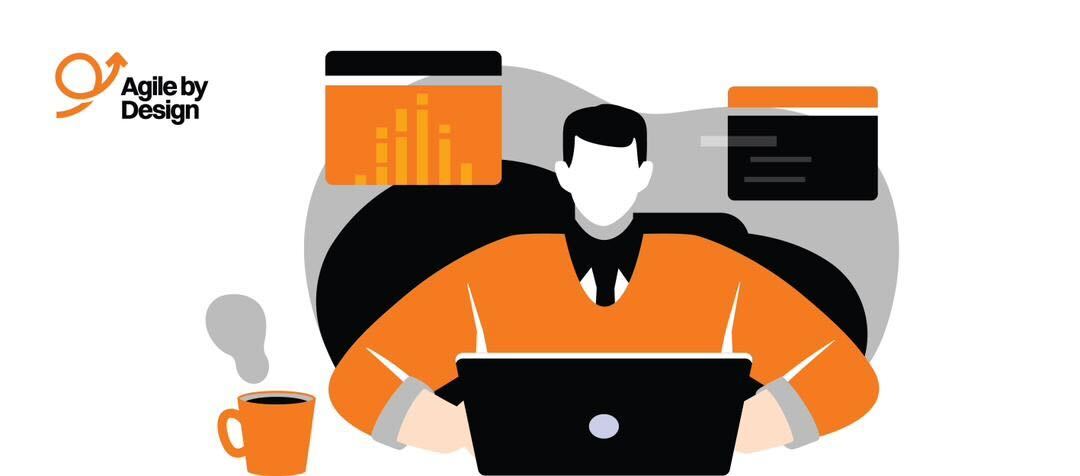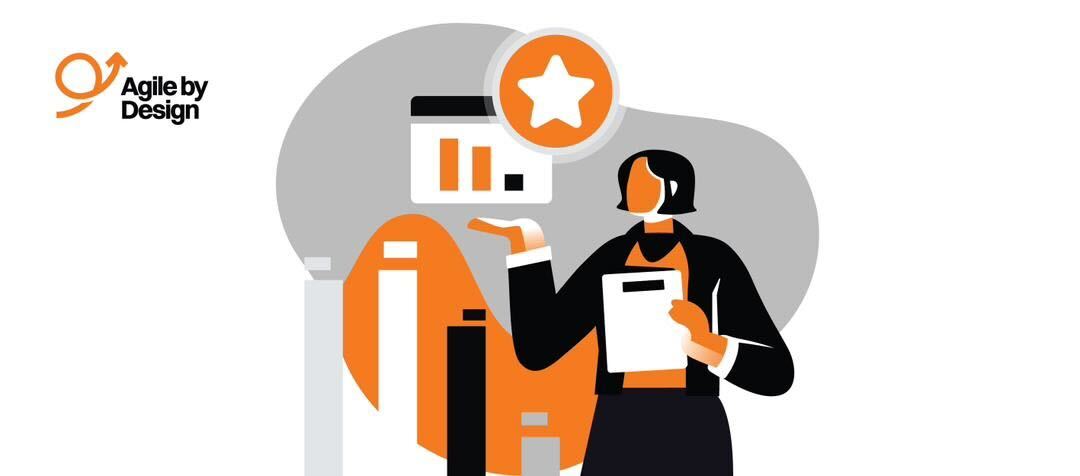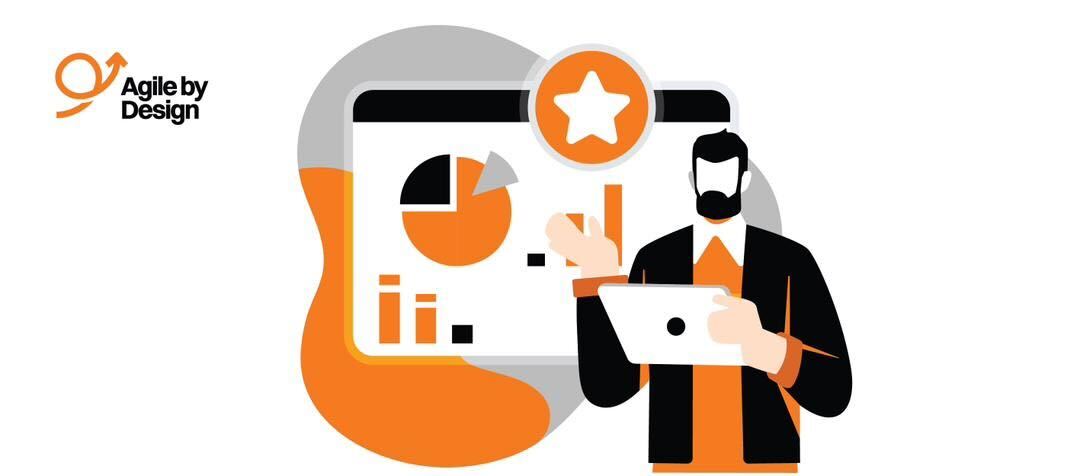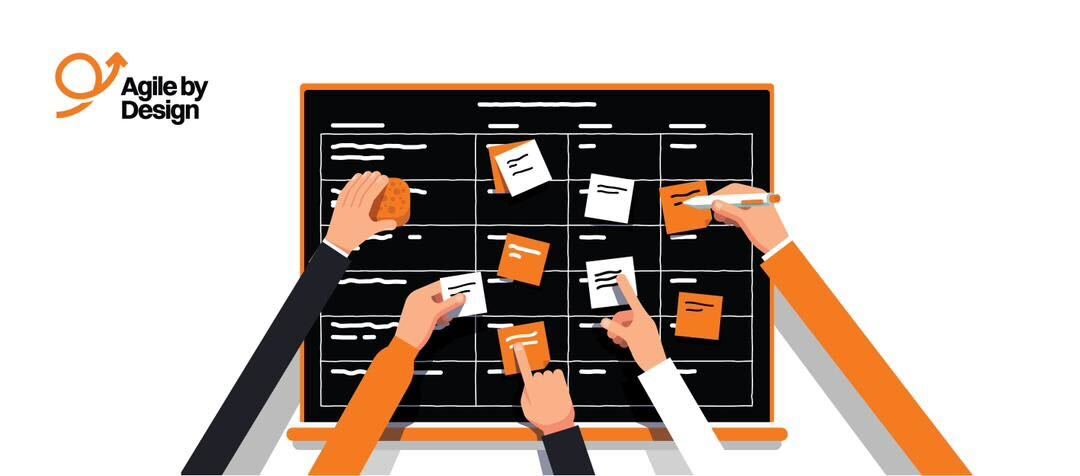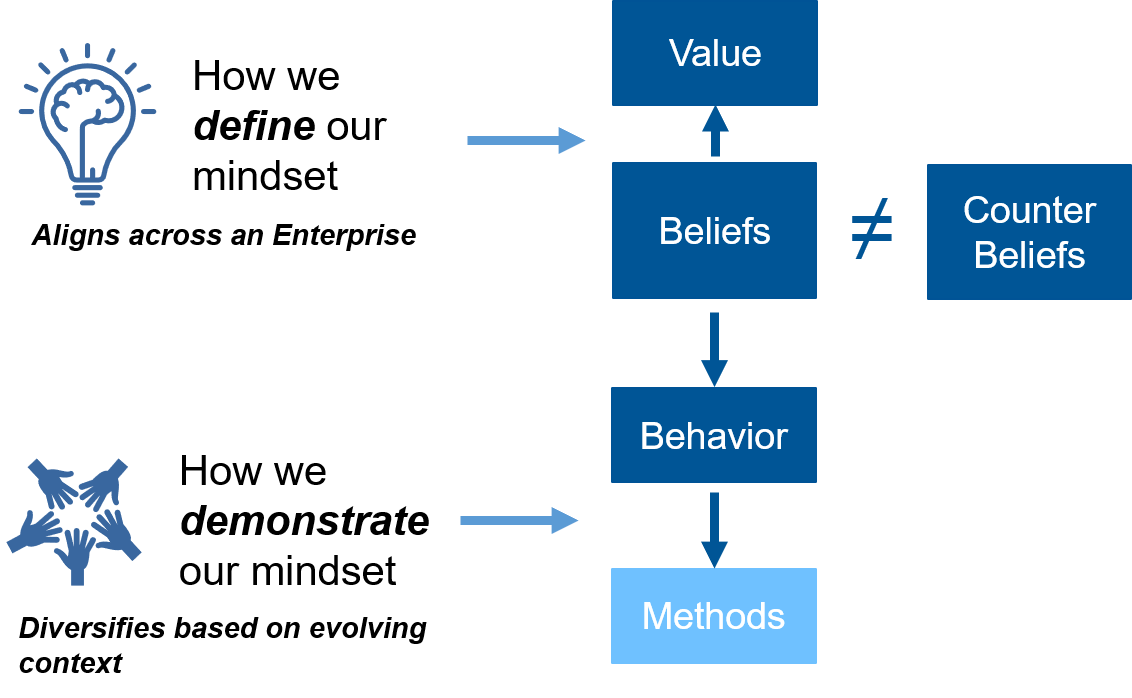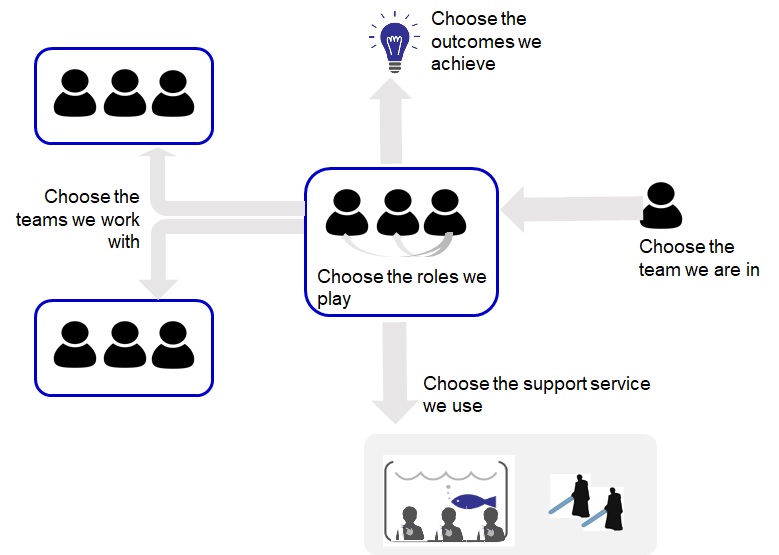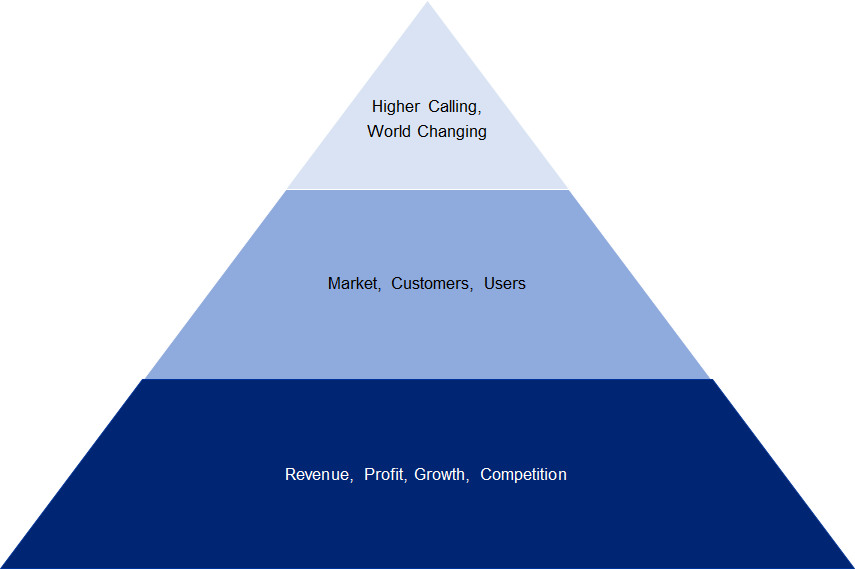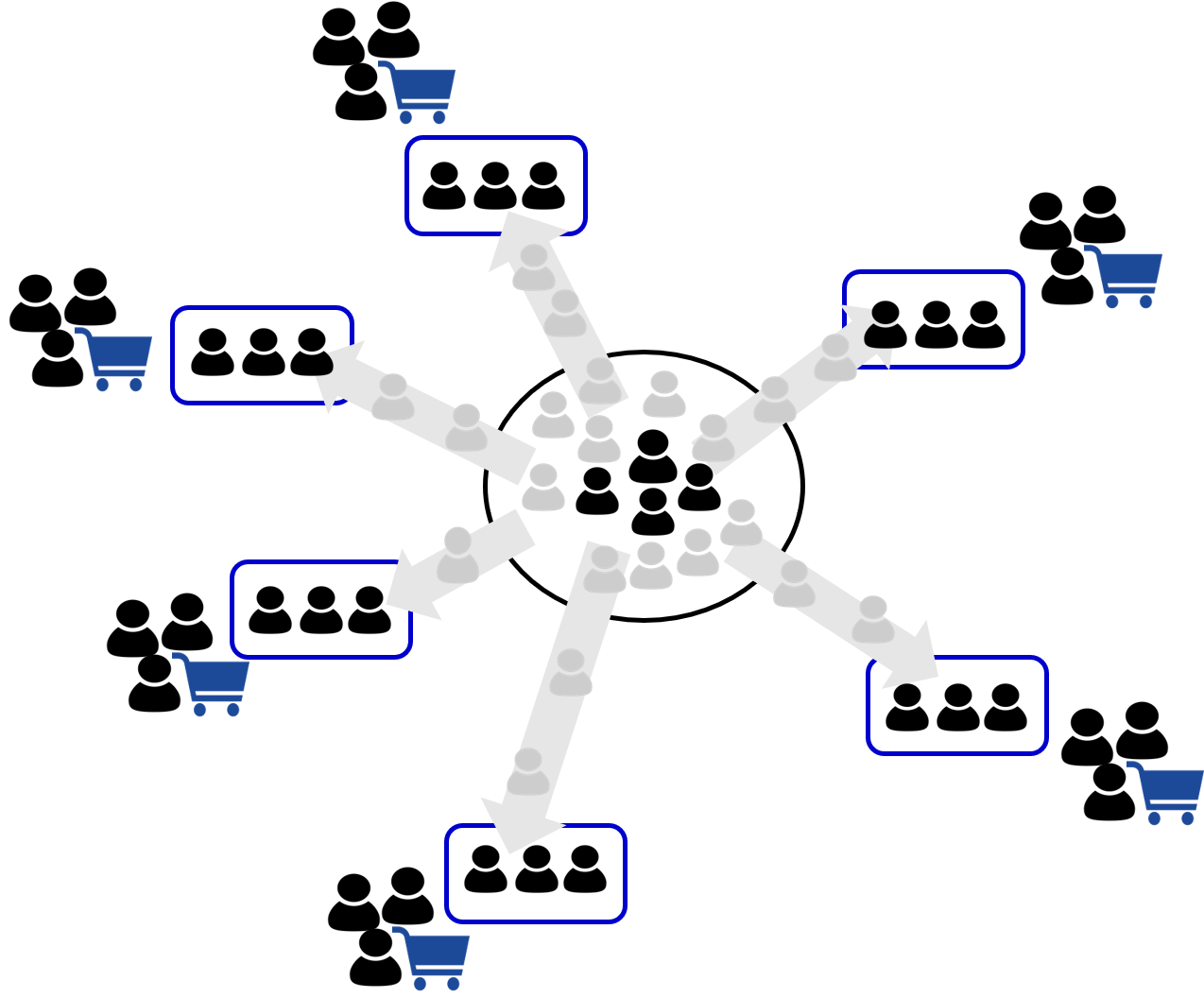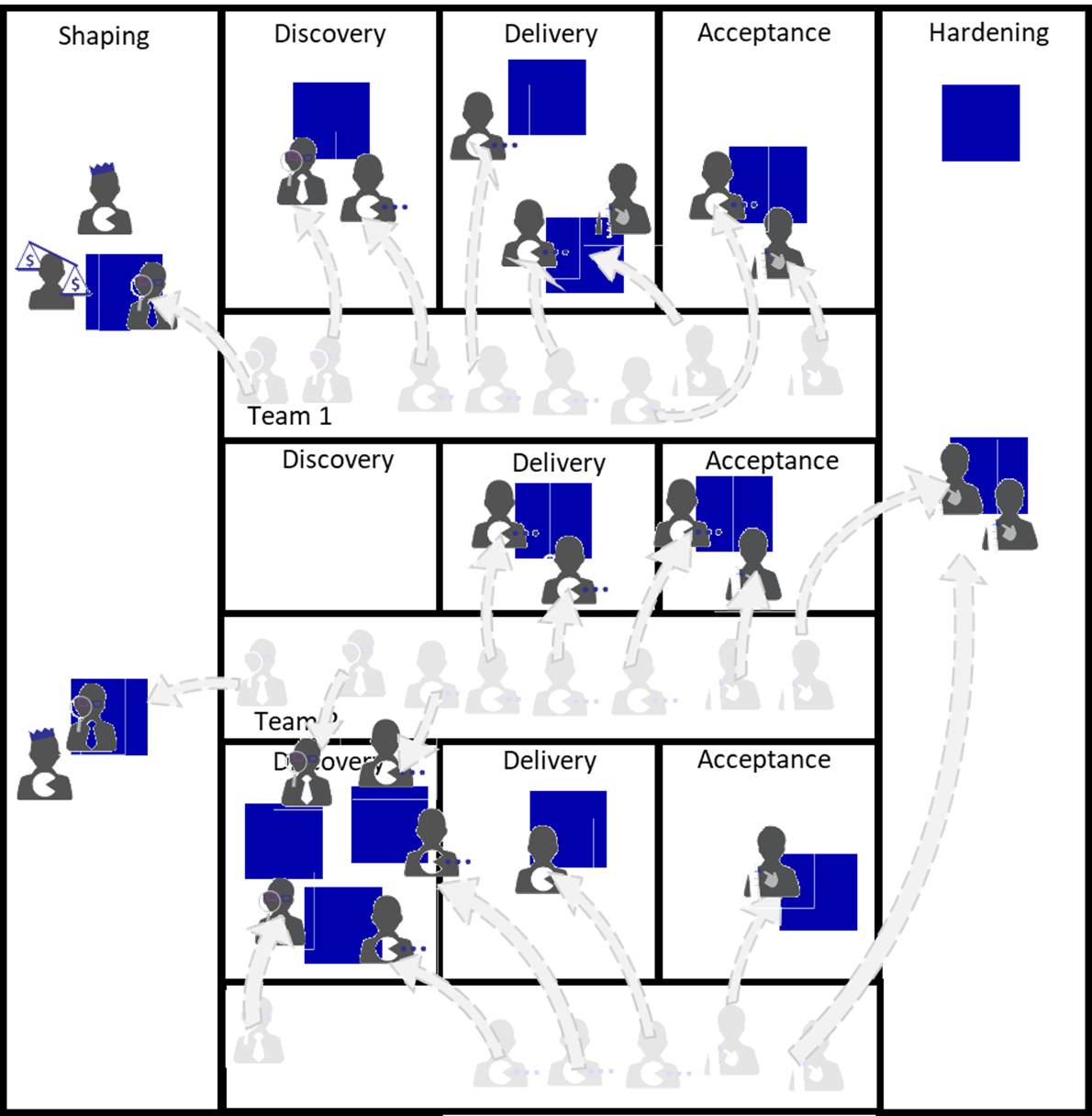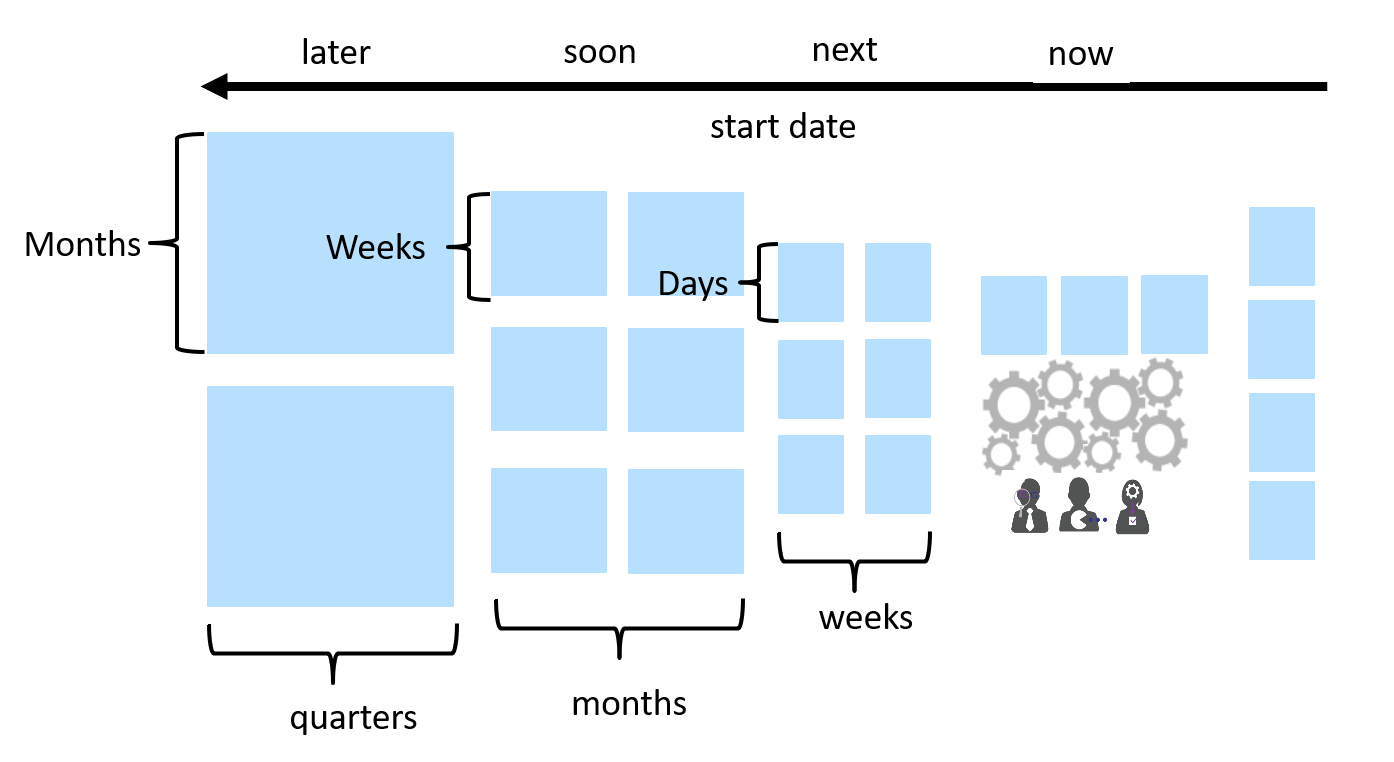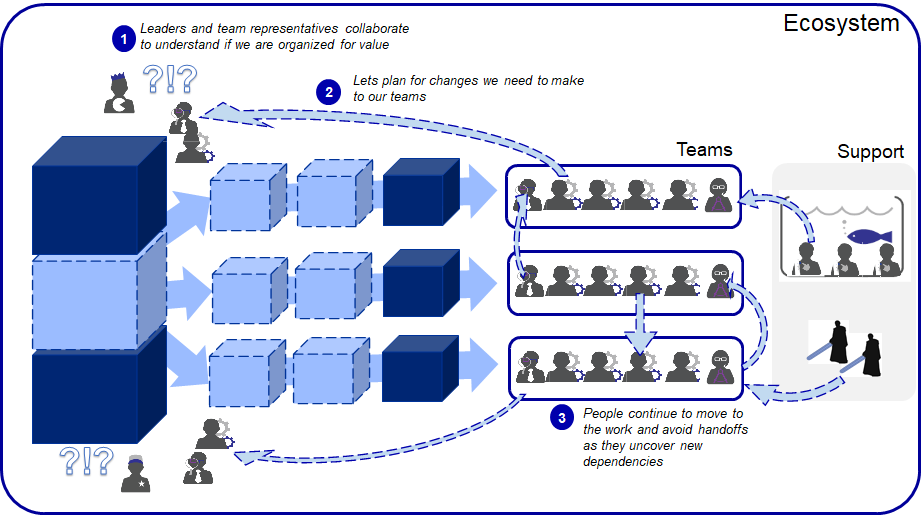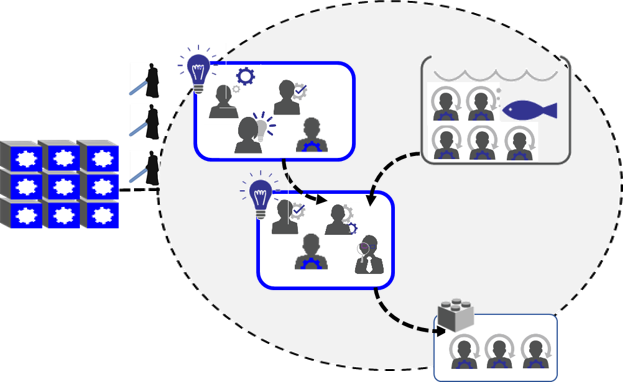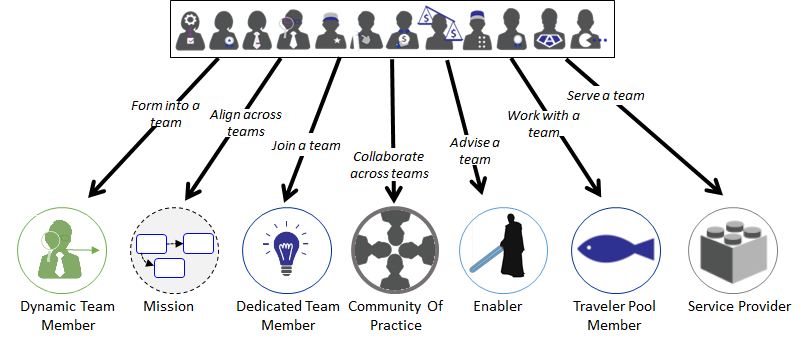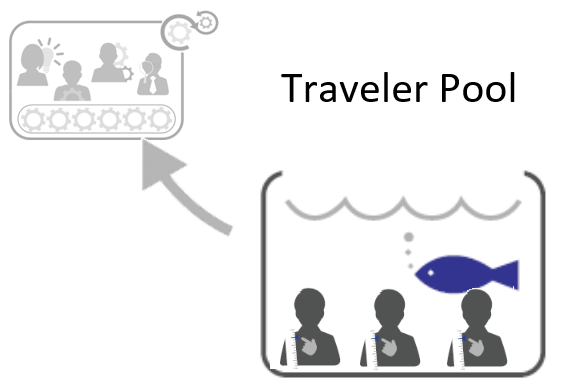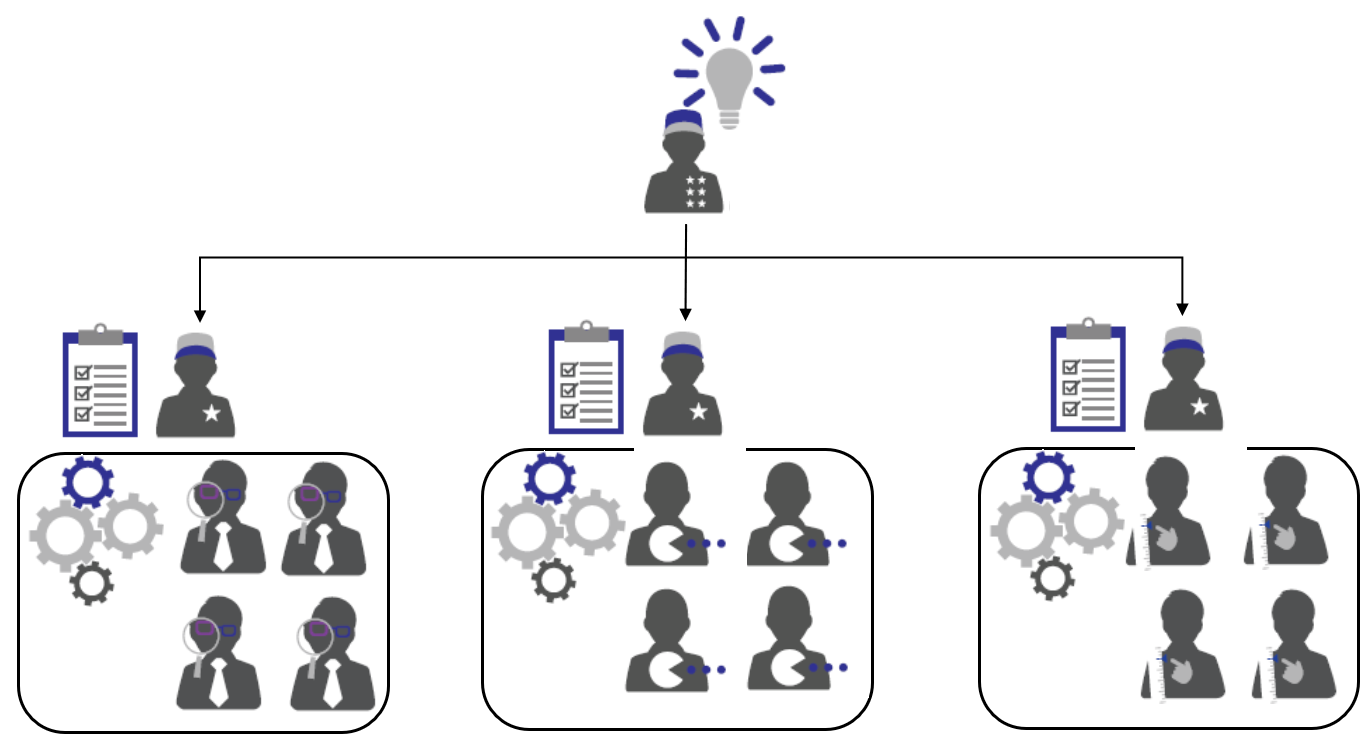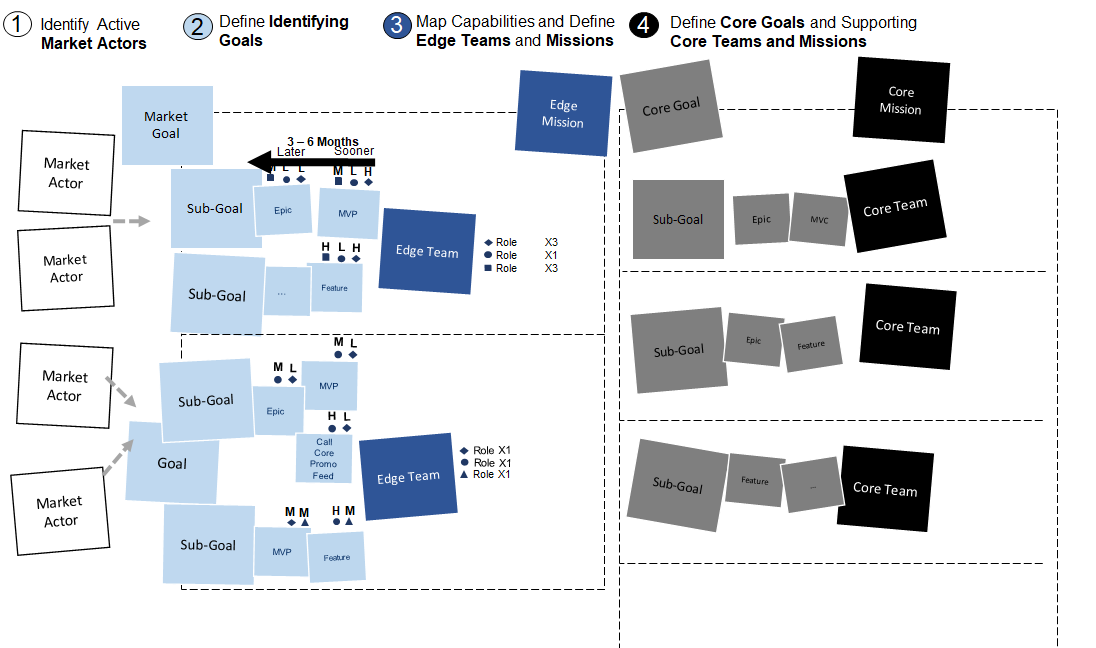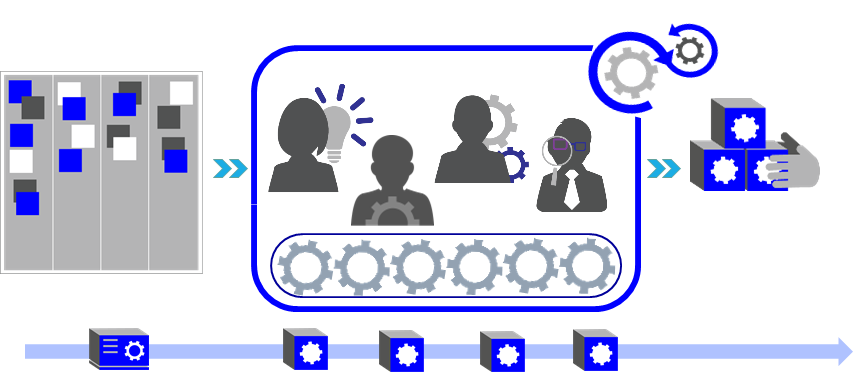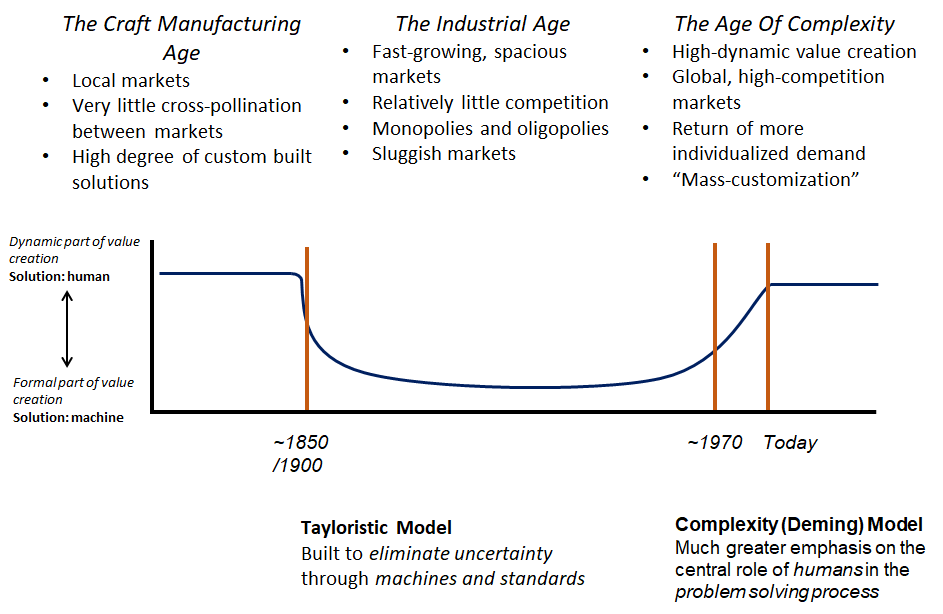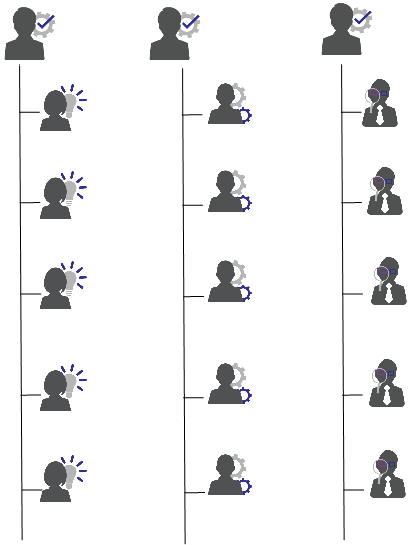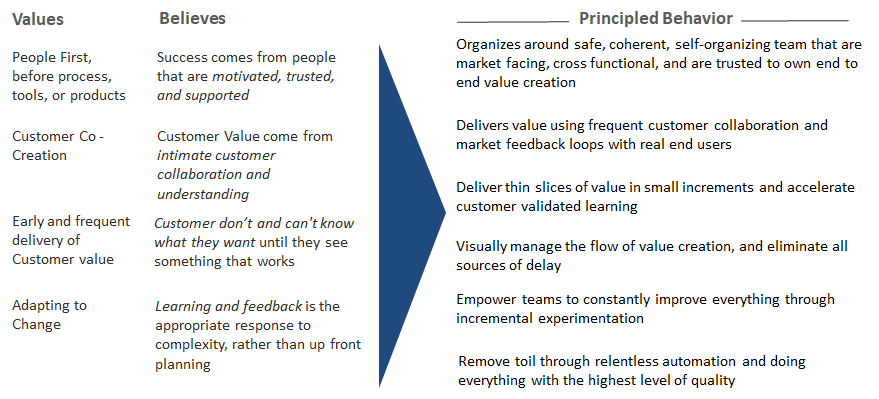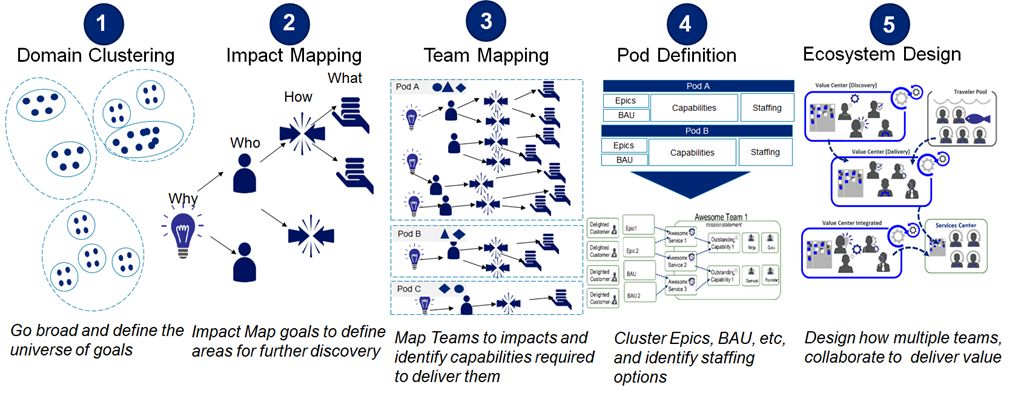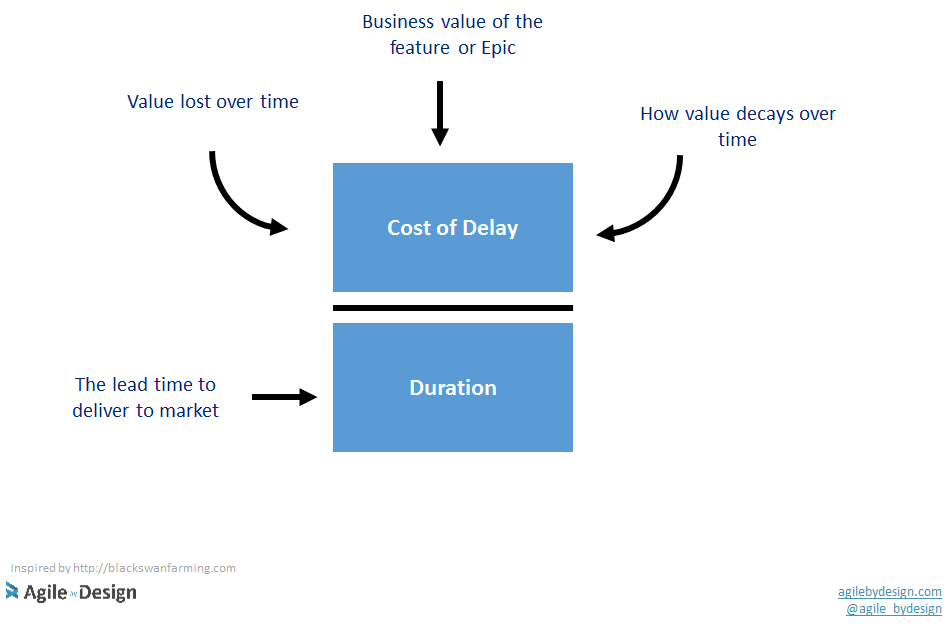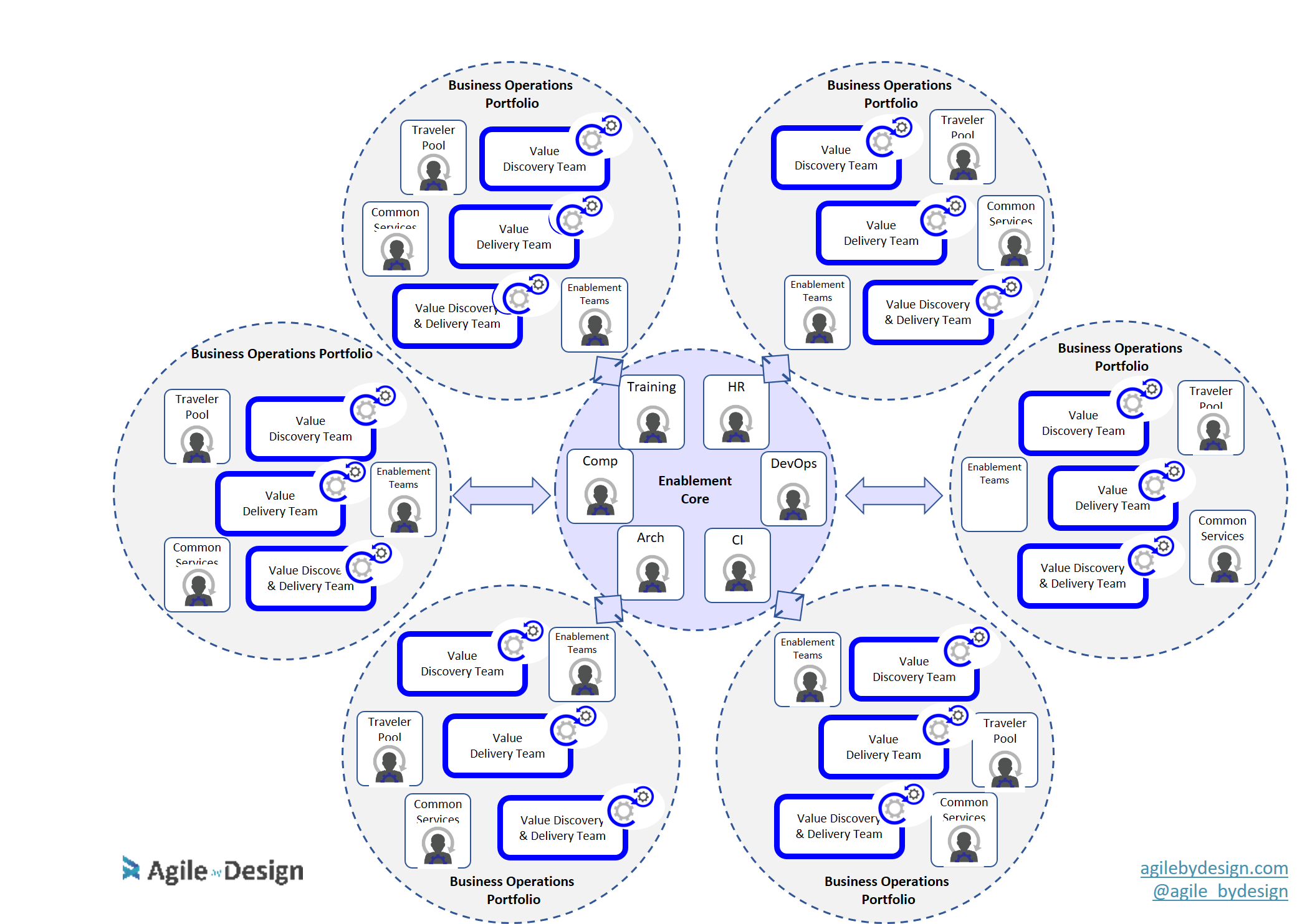A critical concern for many leaders is how to successfully improve agility across their enterprise. A number of frameworks in the market attempt to deal with this issue, and while almost all of them offer some good advice, they tend to focus on some process or methodology as the key ingredient along the path. In my experience, organizations that pay particular attention to changing their mindset and practising new behaviours are those whose move toward greater agility is most successful. Frameworks, methodologies, tools and so on—while important—should be used in service of, and take a backseat to, mindset and practice.This post is the first in a series that our team will be authoring on changes in mindset crucial to achieving agility at scale, along with practices necessary to demonstrate the change in mindset. In general, our posts will be agnostic about any particular method or framework from the agile-verse; however, many practices and patterns will be familiar to practitioners experienced in those methods and frameworks.A shift in mindset at all levels of the organizationOrganizations that have made progress with agility at scale think differently than organizations following more traditional thinking. They think differently about what it means to deliver value, how people should be organized, and how leaders should lead. And everybody in the organization has adopted this mindset.

These concepts—rethinking the way we deliver value, organize our people, fund our effort, and decide and guide—tend to trip up people who are trying to improve agility, especially in larger enterprise settings. They can be points of contention for people who would like to adopt agile methods, but have not paid full attention to what this really means. By laying out and sharing these key changes in mindset, I’m hoping we can have better discussions about what it means to achieve greater agility, as opposed to how to adopt a particular agile method.Mindset alone is not enoughIn the agile community, we often talk about “being agile” versus “doing agile.” These conversations leave me a little bit cold. From my perspective, the right mindset is bolstered by good practice, just as good practice cannot be achieved without the correct mindset. When advising others, I spend much of my time trying to connect practice with mindset, as they are symbiotic. You need both.The practices below are examples of how to apply the shift in mindset required for agility at scale. These practices are described at a high level, as implementations will vary based on context and preference. Again, practices are presented in a way that is agnostic about any particular methodology or framework. It’s important to distinguish practice and behaviour from framework, as there are many different ways to achieve these practices. What is important is to be able to discuss and move toward repeatable, observable behaviour.

Think differently about how we deliver valuePerhaps the most critical change in mindset is thinking about how to deliver value. In an agile world, value is delivered frequently, in small increments, allowing us to learn from market and customer feedback. People with an agile mindset understand— counterintuitively—that delivering less value at a time means that more value gets delivered. Focus delivery on a healthy mix of revenue, investment and innovation, and reserve capacity for emergencies.
- Frequent delivery
- Small increments
- Less in progress
- Diversify risk
Practices that support thinking differently about how we deliver value:
- Visibly constrain work to a limited number of outcomes, balanced across value and improvements.
- Deliver and validate discrete increments of value frequently, and focus on minimizing lead time and maximizing feedback.
Think differently about how we organize our people

When we think about delivering value differently, too often we focus on processes and methods. This is much less important than how we grow people and organize them to deliver value. People with an agile mindset understand that their organizational structure should be used to stand up and support teams that are self-organizing and cross-functional. We want to maximize our ability to create teams that can deliver market value and collaborate effectively with other teams. However, forget the notion that you can come up with a static agile team model. In most cases, you need to adapt and adjust the team model based on the value you are delivering. This can be a design or structural challenge, but hiring and growing talent that can handle diversity and work effectively in a small team setting goes a long way. One key scaling factor is the ability to describe, socialize, observe and improve upon the behaviours required to operate with an agile mindset.
- Smaller, self-organizing teams
- Market facing
- Right behaviour
- Constantly evolving
Practices that support thinking differently about how we organize our people:
- Attract and grow the talent required to thrive in smaller, self-organizing teams.
- Design your enterprise so that knowledge workers can continuously organize around market value.
- Implement a workforce design that widens job titles, grows T-shaped resources and emphasizes team accountability.
- Focus energy on adopting behaviour over tools and frameworks.
Think differently about how we fund our work

While funding might seem like just another process or capability within an agile organization, in my experience, an organization’s funding approach can greatly hinder its attempts to improve agility. People accustomed to an agile mindset look at funding in an entirely different way than the one marked by annualized planning, up-front design and project-oriented approaches. A team funding approach, where a carrying cost is compared to delivered value, is a common tactic when outcomes are relatively known. Funding discrete acts of learning—similar to seed funding—is a good approach when building to new markets or new capability. In either case, decoupling the funding process from prioritization cycles allows the business to spend the time it needs to deliberately fund new infrastructure and new capacity, while preserving the need to prioritize and validate value frequently.
- Fund teams
- Fund capability
- Fund learning
- Funding is not prioritization
Practices that support thinking differently about how we fund our work:
- Fund portfolios of business capabilities, objectives or customer experience as a function of the carrying cost.
- Decouple funding cycles from prioritization and validation cycles, and avoid funding discrete projects.
- Fund truly innovative efforts like a startup, assessing progress through validated feedback of learning milestones.

Think differently about how we make and guide decisions Leading, managing and guiding in an agile world looks quite different than traditional management methods. Perhaps the biggest shift in mindset is recognizing that the job of leaders is to serve teams responsible for delivering. Managers and executives frequently struggle with what it is they are actually supposed to do in this new world. Executives need to gain alignment to clear objectives and desired outcomes for the organization, and do so in a way that encourages innovation and experimentation from those responsible for delivering value. Managers have to focus on constantly improving the system of work, facilitating collaboration and breaking down silos.
- Leaders serve teams
- Centralize outcomes and objectives
- Decentralize initiatives and activity
- Measurements encourage experimentation
Practices that support thinking differently about how we make and guide decisions:
- Leaders align on the outcomes and how to measure them, while enabling staff to experiment toward achieving them.
- Leaders identify and eliminate sources of delay and impediments to collaboration.

Of course, the consultant in me cannot resist tying this post into one big graphic. I plan to use this illustration as a foundation for future blog posts, digging deeper into each topic and providing practical illustrations of these changes in mindset.







